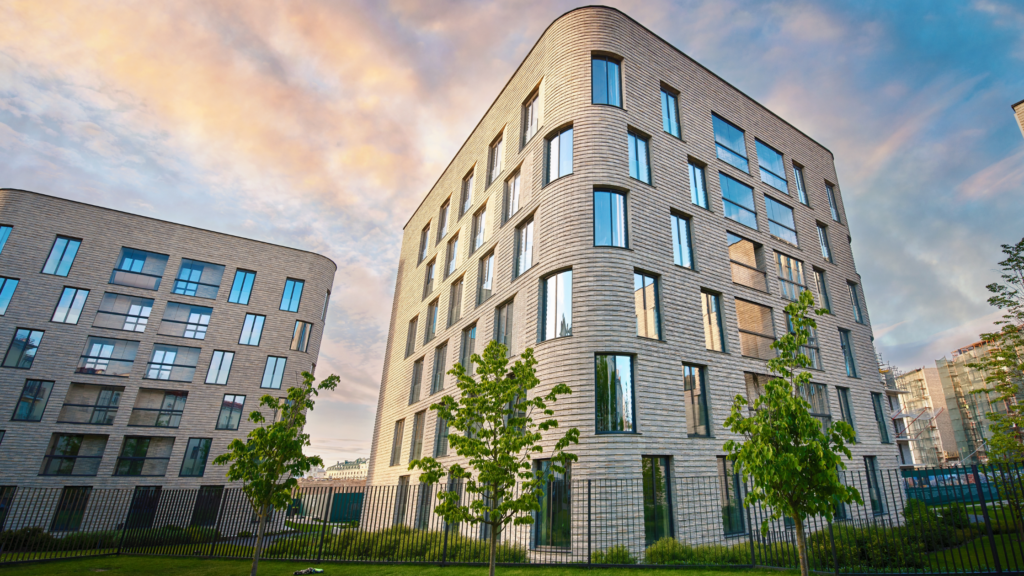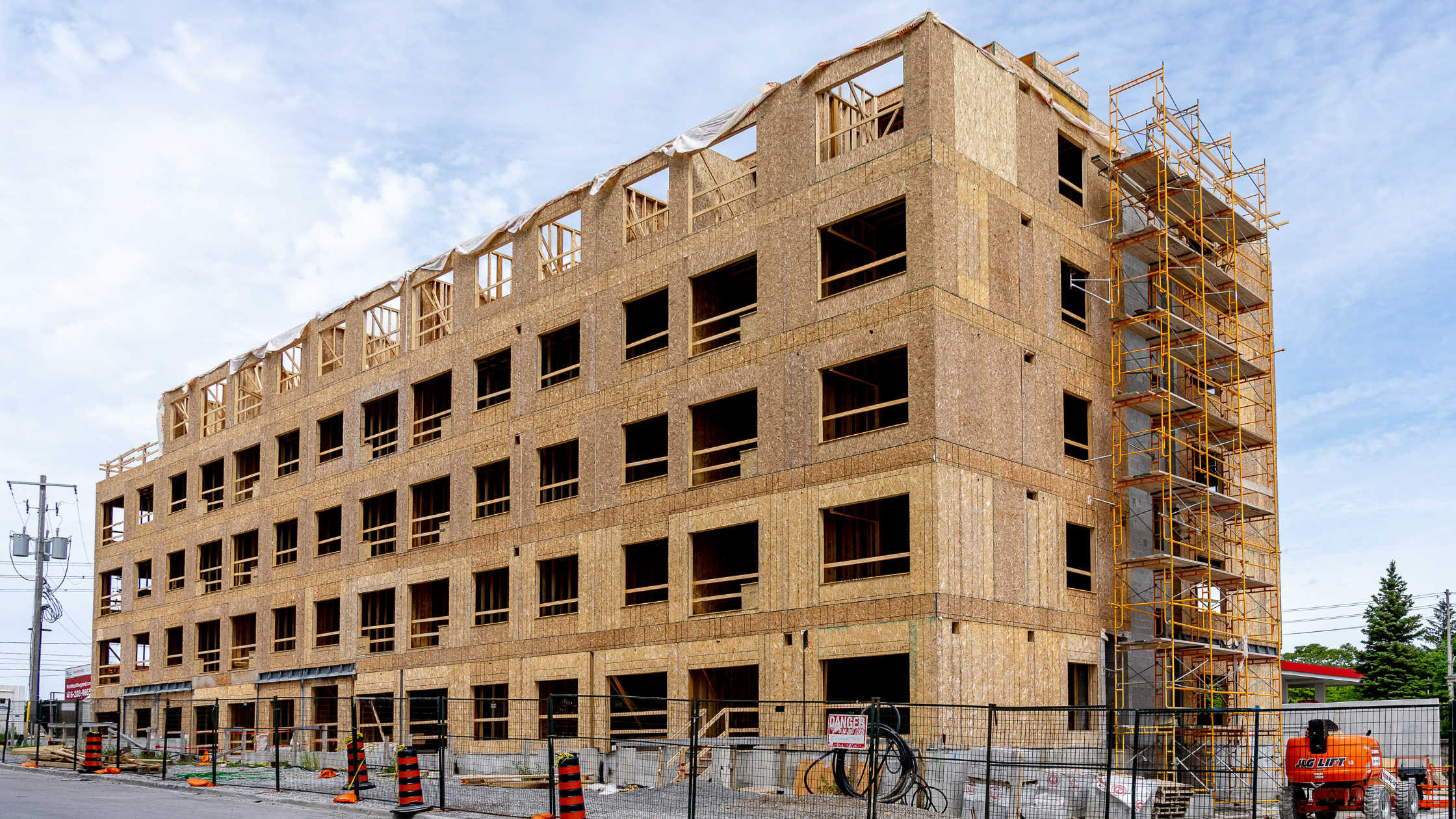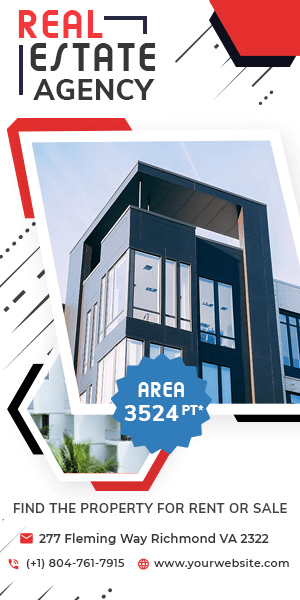Today’s cities struggle to balance the need for affordable, sustainable housing with creating vibrant and connected neighborhoods. That’s where mid-rise construction comes in. With buildings typically standing five to eight stories tall, mid-rises bridge the gap between single-family homes and towering high-rises. They strike the perfect balance between density and design, offering a smart, efficient way to meet modern housing demands while keeping neighborhoods livable and community-focused.
Quick look
- Mid-rise construction bridges the gap between single-family homes and high-rises, offering sustainable, community-oriented, and affordable housing solutions.
- Wood-frame construction stands out for mid-rise projects, combining cost-efficiency, quick build times, design flexibility, and a low carbon footprint.
- Techniques like prefab and modular construction streamline mid-rise building processes, reducing timelines, costs, and environmental impact.
- Mid-rise developments create walkable, vibrant neighborhoods with human-scaled designs, meeting modern housing demands while preserving livability.
Mid-rise construction: The missing middle

In many cities, housing options swing between sprawling single-family homes or towering high-rises. While both have their place, they leave a noticeable gap in the middle—medium-density housing. This “missing middle” represents a sweet spot for urban development, offering more affordable and community-oriented living spaces without sacrificing modern amenities or accessibility.
So, what exactly counts as a mid-rise building? Typically, these structures range from five to eight stories, taller than low-rise buildings (up to four stories) but far shorter than skyscrapers. They hit a practical balance, avoiding the infrastructure demands of high-rises while providing more density than single-family neighborhoods.
Mid-rise developments are gaining attention for their ability to create livable, walkable neighborhoods. With their moderate height, these buildings fit seamlessly into urban and suburban areas, fostering a sense of community while keeping residents close to shops, parks, and public transit. For city planners and developers, mid-rise projects offer an opportunity to meet modern housing demands in a human-scaled and inviting way—a true win-win for cities and their residents.
A win for wood-frame construction
Wood-frame structures are quickly becoming a favorite for mid-rise builders—and for good reason. Wood is a cost-effective option that allows developers to maximize density without breaking the bank. It’s not just about saving money, though; wood-frame construction offers a range of other benefits that make it a standout choice for mid-rise projects.
Speed of construction
Time is money in construction, and wood-frame projects can often be completed much faster than their steel or concrete counterparts. The material is easier to work with, and modern techniques like prefabrication can further streamline the process, keeping projects on schedule and budget.
Design flexibility
One of the most appealing aspects of wood is its versatility. Wood-frame construction allows for impressive density—up to five stories for residential projects and six for office spaces—while keeping costs low. Additionally, it’s lightweight yet structurally sound, offering excellent performance in areas prone to seismic activity or heavy winds. Wood can also adapt to a wide range of architectural styles and layouts, making it easier to achieve unique designs that meet the needs of both developers and future residents.
Low-carbon footprint
Sustainability is a growing priority in construction, and wood is one of the most environmentally friendly materials available. It’s a renewable resource, and its production generates fewer greenhouse gas emissions than steel or concrete. Wood-frame buildings also store carbon throughout their lifespan, helping to reduce a project’s overall environmental impact.
Efficiency matters
When it comes to mid-rise construction, efficiency is everything. The right materials and methods can save time, cut costs, and make projects run smoother—music to any developer’s ears.
Material choices
The materials you choose can make or break your timeline and budget. Wood is a favorite for mid-rise buildings, primarily residential projects, thanks to its affordability and ease of use. Plus, it’s quick to work with, which means faster progress on-site. On the other hand, steel is a solid choice when you need extra durability or fire resistance, especially in areas with stricter building codes.
Wood can significantly speed up construction because it adapts well to modern techniques like prefabrication. Meanwhile, steel’s lightweight yet sturdy nature makes it perfect for mid-rise buildings in places prone to earthquakes or high winds.
Prefab and modular construction
Prefabrication and modular construction are game-changers for mid-rise projects. Prefab involves building parts of the structure off-site in a controlled setting and then shipping them to the site for assembly. It’s like putting together a giant puzzle with fewer pieces to lose. This approach reduces waste, speeds up timelines, and saves money—what’s not to love?
Modular construction takes it a step further by creating entire sections of a building off-site. This method can slash project timelines by up to 50% and reduce costs by around 20%. Imagine finishing your project weeks ahead of schedule while keeping expenses in check—that’s the power of prefab and modular techniques.
These methods also come with an environmental bonus. By building off-site, you can better control material use and reduce waste, which is a big win for sustainability.
Why builders are getting behind mid-rise construction
Mid-rise buildings are having their moment, and it’s easy to see why. They offer a sweet spot of benefits for builders, city planners, and residents alike, all without the headaches that often come with high-rises.
First, mid-rise construction is much more budget-friendly than high-rise construction. Building fewer floors means less complexity, which translates to lower costs and faster timelines—a win for everyone involved.
Then there’s the question of fitting in. Mid-rise buildings blend seamlessly into neighborhoods without overwhelming the existing infrastructure. Unlike high-rises, which can require massive upgrades to roads, utilities, and public transit, mid-rises are easier to integrate and help create vibrant, walkable communities.
And let’s not forget the people living in them. Mid-rise buildings tend to attract families, young professionals, and those looking for a more community-centric vibe. They provide density without feeling crowded, offering residents a perfect mix of urban convenience and neighborly charm.
The challenges of high-rises
High-rises, on the other hand, are losing some of their shine. For starters, they’re expensive—both to build and to live in. Long construction timelines make them a costly investment, and once they’re up, they can feel less livable due to things like limited outdoor spaces and overcrowded amenities.
Mid-rises, by contrast, strike a balance that high-rises often miss. They provide the density cities need while keeping costs down, construction timelines manageable, and livability high.
Bottom line
Mid-rise construction hits the housing sweet spot. It’s the perfect balance between sustainability, efficiency, and affordability, offering a practical solution to the growing demand for urban living. These buildings provide the density cities need without the sky-high costs or infrastructure headaches of high-rises, all while maintaining a human scale that feels livable and inviting.
For developers, mid-rise projects make sense—they’re quicker to build, cost-effective, and appeal to a broad range of residents. For communities, they create walkable, vibrant neighborhoods that blend seamlessly into their surroundings. In short, mid-rise construction isn’t just filling the “missing middle”; it’s reshaping how we think about modern urban housing.
Looking for more insights into smart, sustainable construction solutions? Stay ahead of the curve with expert tips, industry trends, and valuable resources delivered straight to your inbox. Join our mailing list today and be part of a community shaping the future of construction!




2 comments